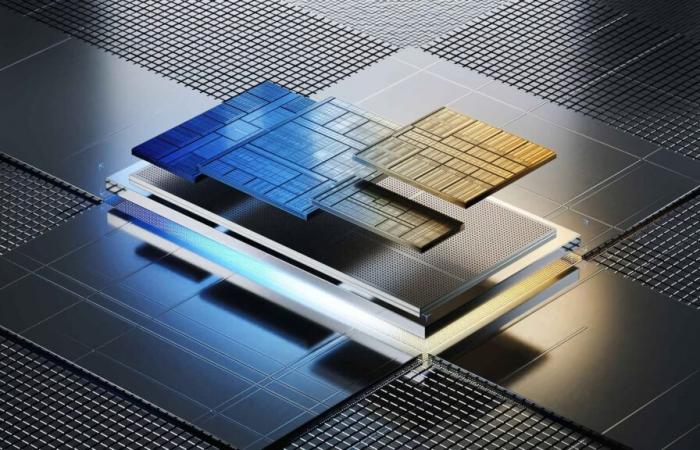If Apple has been integrating RAM into its SoCs for a while now, no longer offering RAM slots on the motherboards of its machines, Intel only tried this very recently, with Lunar Lake.
As you can see from the description sheet above, a Lunar Lake processor has, in addition to the central part with the CPU, GPU and NPU units, two chips representing the RAM. As you will have understood, Intel has decided to reverse this change. However, it is not so much the technical novelty that is called into question as the very functioning of Intel to integrate this novelty.
Pat Gelsinger clarified that Lunar Lake should only be a niche product intended to offer the best performance for excellent autonomy. It’s obvious that we all want the best performance while maintaining excellent battery life, but Lunar Lake meant relying too much on partners like TSMC and resulted in significant additional costs for a company that can no longer afford it.
These additional costs are all the more annoying, as Intel seeks to get its production division, Intel Foundry, back into working order. If Intel wants to hope to convince other companies to sign with Intel Foundry, it should already have its chips produced by its division.






